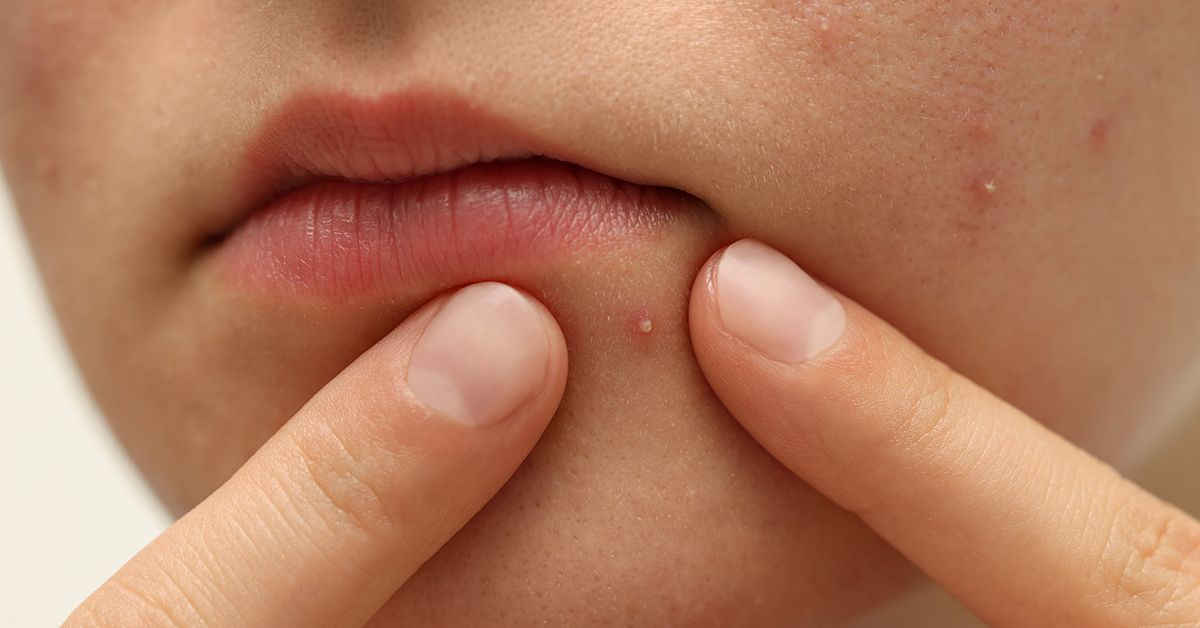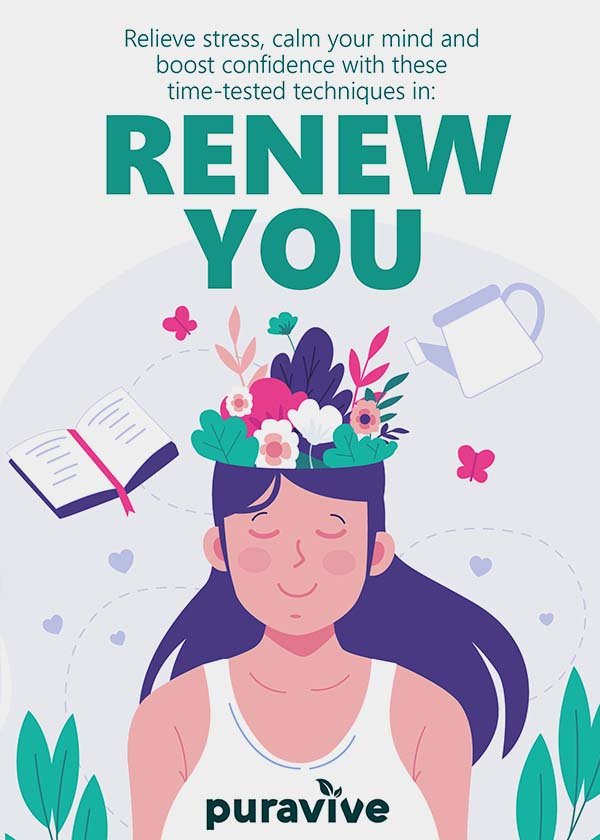Pustules: Causes, Identification, and Treatments
What are Pustules?
Pustules are small, pus-filled bumps that can occur on various parts of the body, including the face, back, chest, and shoulders. They are often caused by a combination of factors, including acne, allergies, and infections.
Causes of Pustules
Pustules are typically caused by acne, an allergic reaction, or an infection. Acne can be caused by hormonal imbalances, clogged pores, and bacteria. Allergic reactions can occur due to food, environmental allergens, or poisonous insect bites. Infections can occur when bacteria enter the skin and cause inflammation.
Identification of Pustules
Pustules are easy to identify. They appear as small, pus-filled bumps on the skin. The bumps are usually surrounded by red or inflamed skin, and they may be painful to the touch. The center of the pustule may be white or yellow, and it may be filled with pus.
Common Areas Affected by Pustules
Pustules commonly occur on the following body areas:
- Back
- Chest
- Face
- Shoulders
Symptoms of Pustules
Pustules are often accompanied by the following symptoms:
- Redness and inflammation
- Painless or painful bumps
- Clogged pores
- White or yellow pus
- Fever
- Warmth or swelling in the affected area
- Clammy skin
- Nausea
- Vomiting
- Diarrhea
- Pain in the affected area
Treatment of Pustules
Small pustules typically go away without treatment. However, larger and more severe pustules may require prescription acne medications. Over-the-counter (OTC) acne medications, soaps, and creams can also be effective in treating pustules.
Home Remedies for Pustules
Gently washing the skin with a mild cleanser twice a day can help to remove oil buildup and reduce the appearance of pustules. Avoiding oil-based products and using a gentle, oil-free moisturizer can also help to improve the skin.
Prescription Treatments for Pustules
Prescription acne medications, such as oral antibiotics, topical antibiotics, and prescription-strength salicylic acid, can be effective in treating severe pustules. Photodynamic therapy (PDT) may also be used to treat acne, including pustules.
Should You Pop a Pustule?
It is generally advised not to pop a pustule. Popping or squeezing a pustule can push bacteria and other debris deeper into the skin, leading to further infection and scarring.
Conclusion
Pustules are small, pus-filled bumps that can occur on various parts of the body due to acne, allergies, or infections. Identification of pustules is usually straightforward, and treatment options vary depending on the severity of the condition. Mild cases may respond to home remedies or OTC treatments, while more severe cases may require prescription medications or other medical interventions.
FAQs
Q: What causes pustules?
A: Pustules are typically caused by acne, an allergic reaction, or an infection.
Q: How do I identify pustules?
A: Pustules appear as small, pus-filled bumps on the skin, usually surrounded by red or inflamed skin.
Q: Can I pop a pustule?
A: No, it is generally advised not to pop a pustule.
Q: How do I treat pustules?
A: Treatment options vary depending on the severity of the condition, but may include home remedies, OTC acne medications, or prescription medications.
Q: Can pustules be caused by allergies?
A: Yes, allergic reactions to food, environmental allergens, or poisonous insect bites can cause pustules.
Q: Can pustules be caused by infections?
A: Yes, infections can occur when bacteria enter the skin and cause inflammation, leading to the development of pustules.
Recommended Products:
-
Sale!

Garden of Life Vitamin Code Raw One Once Daily Multivitamin Capsules, Fruits, Veggies, Probiotics for Womens Health, Vegetarian, Gluten Free, 75 Count
Original price was: $37.78.$29.99Current price is: $29.99. Buy Now -
Sale!

New Chapter Women’s Multivitamin for Immune, Beauty + Energy Support with 20+ Nutrients — Every Woman’s One Daily, Gentle on the Stomach, 72 Count
Original price was: $64.33.$28.63Current price is: $28.63. Buy Now -
Sale!

MaryRuth Organics Vitamin B Complex | B Complex Vitamins | Biotin | Vitamin B12 | Niacin | Folate | Metabolic Support Supplement | Vegan | USDA Organic | Non-GMO | Gluten Free | 2 Month Supply
Original price was: $32.14.$29.95Current price is: $29.95. Buy Now



